The Mystical Lineage in Contemporary Art
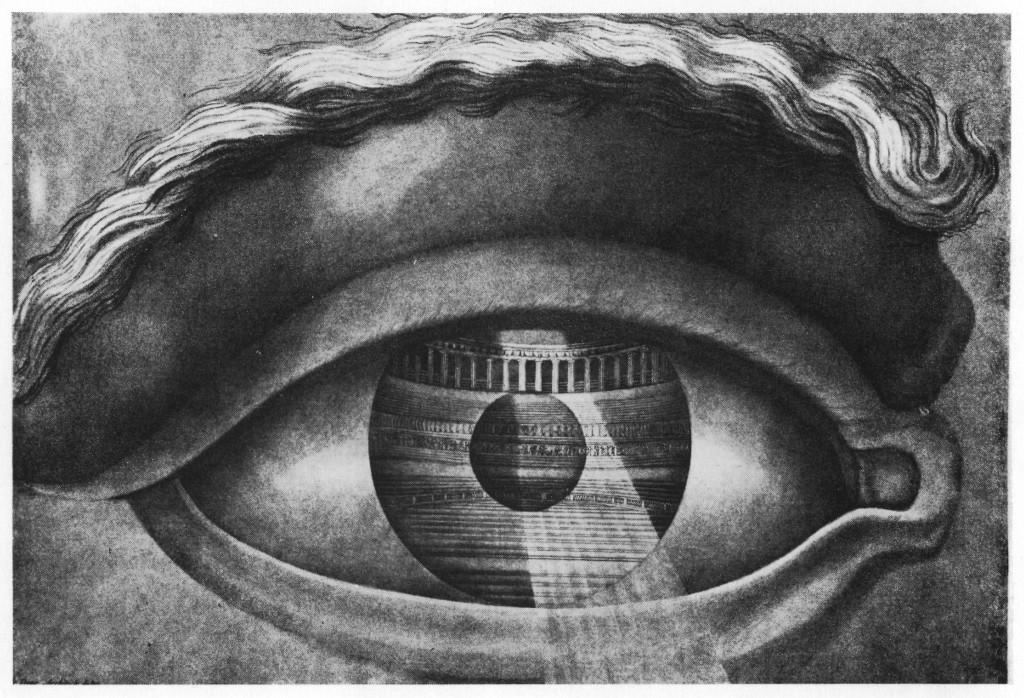
Human beings are essentially social creatures. For the most part, we enjoy hearing music, seeing movies, and looking at art with others as is evident by our copious clubs, theaters, galleries, and museums. The collective participation greatly enhances the experience. Often, we hear musicians speak about their love of the live show and riding the energy of the crowd. It's a symbiotic relationship - this giving and receiving. A positive relationship develops between artist and observer (or in the case of musicians - the listener) when the desire for connection with others and with ourselves is fulfilled. This recognition and mirroring of emotions, desires, joys and fears - sharing a deeper part of our human experience that is beyond words or facts: that is the place where 'art' resides. It seems to me that this is an integral part of the human experience and the conversation we have with each other.
But what happens when the art stops partaking in that conversation? What happens when that connection is lost? We've all been to art exhibitions where we feel like running around screaming 'The Emperor has no clothes!' The art feels vapid and senseless - like a discussion not with the viewer but instead an insular conversation between art critics, curators, collectors, and the artists themselves. Values are conflated to obscene prices for works that seem so obtuse, so far removed from and devoid of human emotion and experience, that we wonder why they exist at all. And then we're told that's the point! And we feel conned all the more.
Seeing the Possibilities
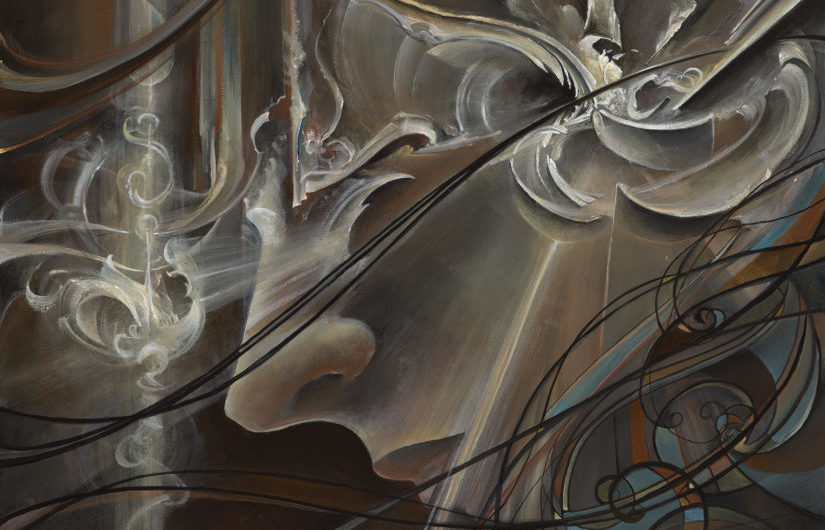
Being a good artist or good designer isn't just knowing how to use the tools you have, although it does help. The greatest artist can work with the most minimal of tools and come up with something of greatness that surpasses those who are still arguing about which paint brush or protractor is superior.
To be a great artist is to be able to understand the relationships and inferences of the lines to circles, squares to triangles, and so on. It is to understand the flow of information and assimilate it into a composition that captures not only it's essence but it's possibilities.
It’s a Tough World For the Arts (always has been)
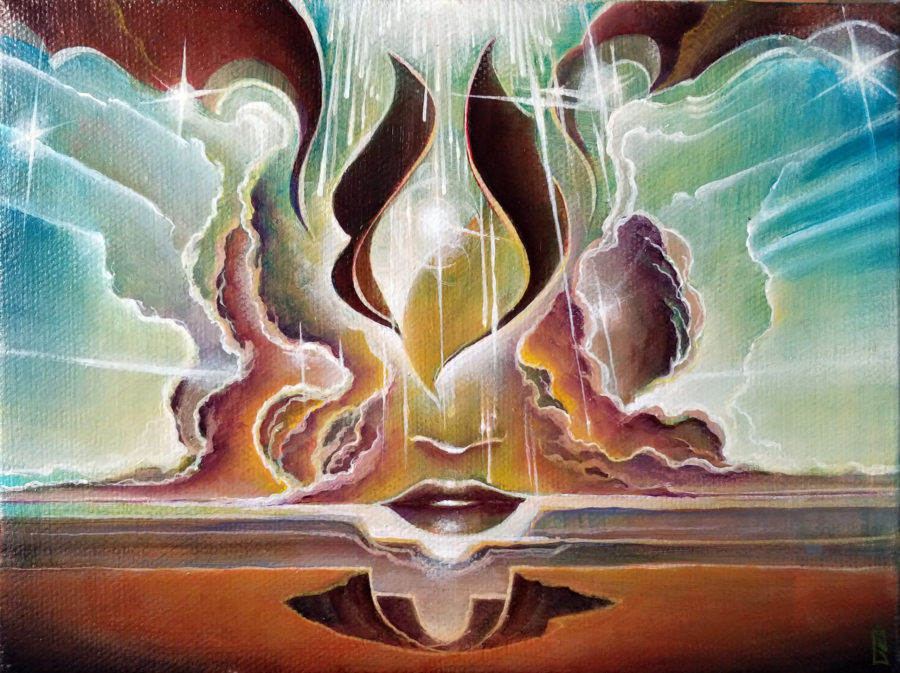
"It's a tough time for the arts," artists say.
You might think: O this means it's hard to sell art these days.
Stamina
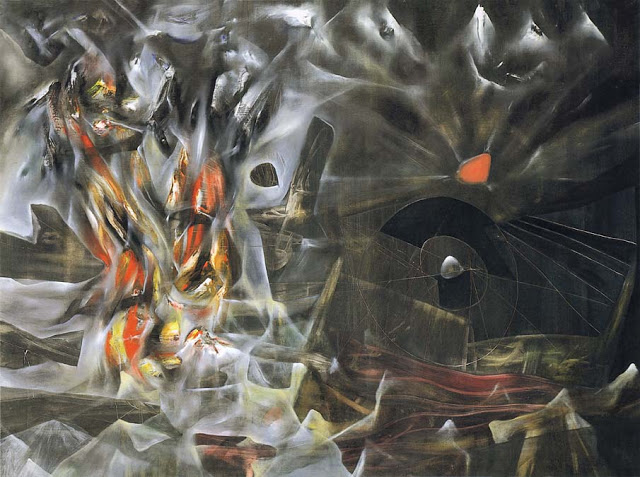
"Many painters work so cautiously and meticulously with the primer –and with the execution of the picture – in order to preserve it for eternity – that they lose their flame. And it happens that the painting becomes so tedious and poor that it ends up in a dark attic."
Edvard Munch
So what is it to maintain one's stamina through the course of a painting?
Why Visionary Art
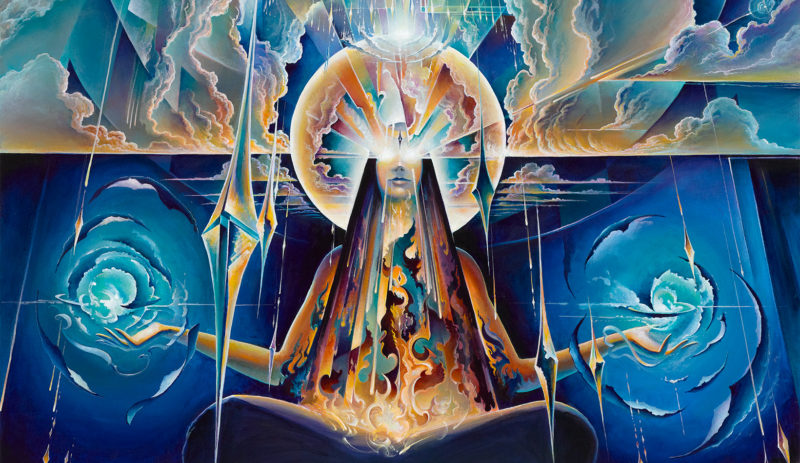
There are several essays available online exploring the question of what constitutes "visionary art" (Here is one by Lawrence Caruna and here is another by Alex Grey). For the sake of our discussion here, I'll add an abbreviated definition so we can have a point of departure for the conversation to follow and the topic I explore in this essay: the WHY of Visionary Art - why do the artists who undertake this style feel it worthwhile and what place might it serve in the world.
What is visionary art?
Visionary art is, I think, an approach to creative work that reflects personal archetypal experiences of the world at large. This reflection couples - and this is incredibly important and vital - the artist's own inner world and its dynamic interplay of emotions, archetypes, spiritual understandings with a broader world view exploring a particular idea or experience. It is neither a painting of a thing or simply the absolute abstraction to a point where ideas no longer apply. Instead, the best works of this type are a marriage of both inner and outer, the real and the abstract, the surreal, the mystical, and the dreamlike. This interplay can create or invoke a sensation that, when successful, is like a wordless dialogue between the inner formless world of the viewer and the inner formless world of the artist. The artist shares a vision - and idea - a perspective - of the world, their place in the world, and their understanding, in a sense, of where we as humans are or aspire to be in that equation.
Find What You Love (And Paint That)
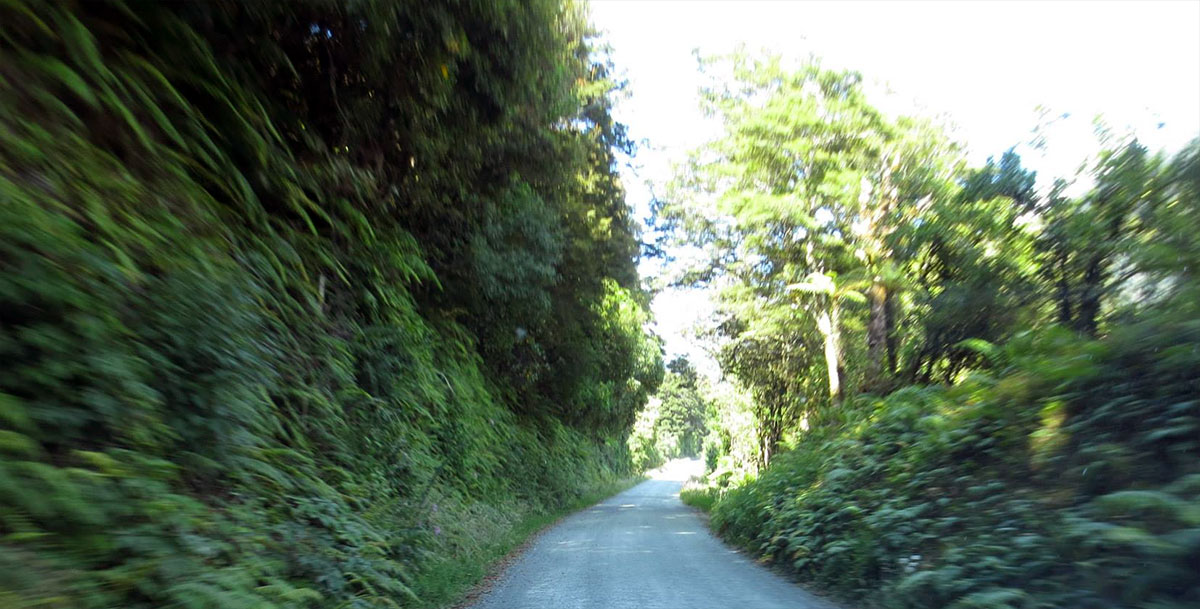
A number of years ago I was in a bookstore browsing art books as usual. In one book talking about the 'business of art'. In the book, the author wrote that if you find something you like to paint and you also find it sells, then you ought to paint more of that thing. For instance, the author said, if you paint cats and people like and buy those paintings of cats and buy those cat paintings, then paint more cats! And more cats! (This was the late-90s, by the way, and the internet had yet to be taken over by felines.) At the time, I thought that sounded a whole lot like selling out. Why would I want to paint the same thing over and over and over again? BOOOOORING.
I remember once I even tried to make a few 'similar' paintings because an idea had proven popular. My interest fizzled almost immediately though due to the fact that the subsequent images had no heart. They weren't birthed from an inner drive or a need to create something or reflective of some sort of personal process or vision. They were just… boring.
The Value of Art
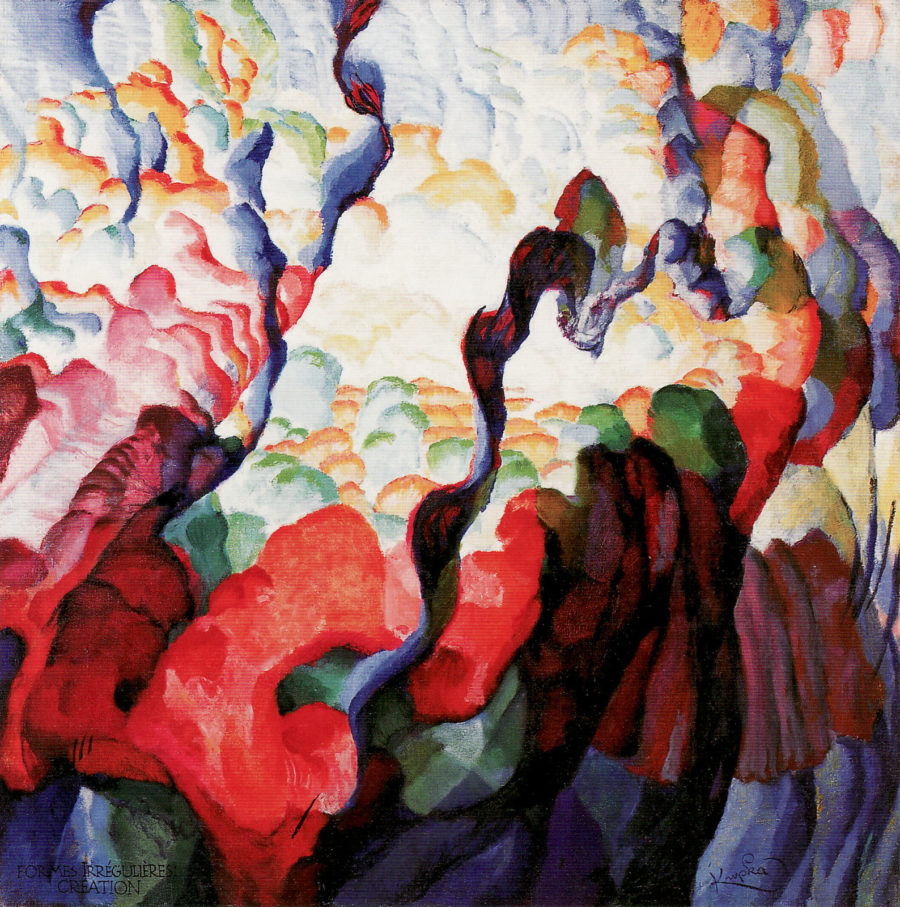
Art: it's this visual record of who we are, how we imagine ourselves, where we're going, where we've come from. It's the visual record of out psychological states - as a human organism. If you were to take all the varied pieces of art from all the different art movements in some brief span of time, you'd find a wide spectrum of emotions, perspectives, and inspirations. Yet, it all came from the same place - this Earth - and happened at the same time.
The things we consider valuable on this planet - the things which have attained a greater sense of value than, say, food or water - are valued simply because they are perceived to have valuable. For instance, a gold bar is perceived to have a certain value. One gold bar can be melted down and turned into another. Cast it as a sculpture by Dali and it now has a greater perceived value. It has been turned into Art. It is that expression which creates new value.
One’s Craft
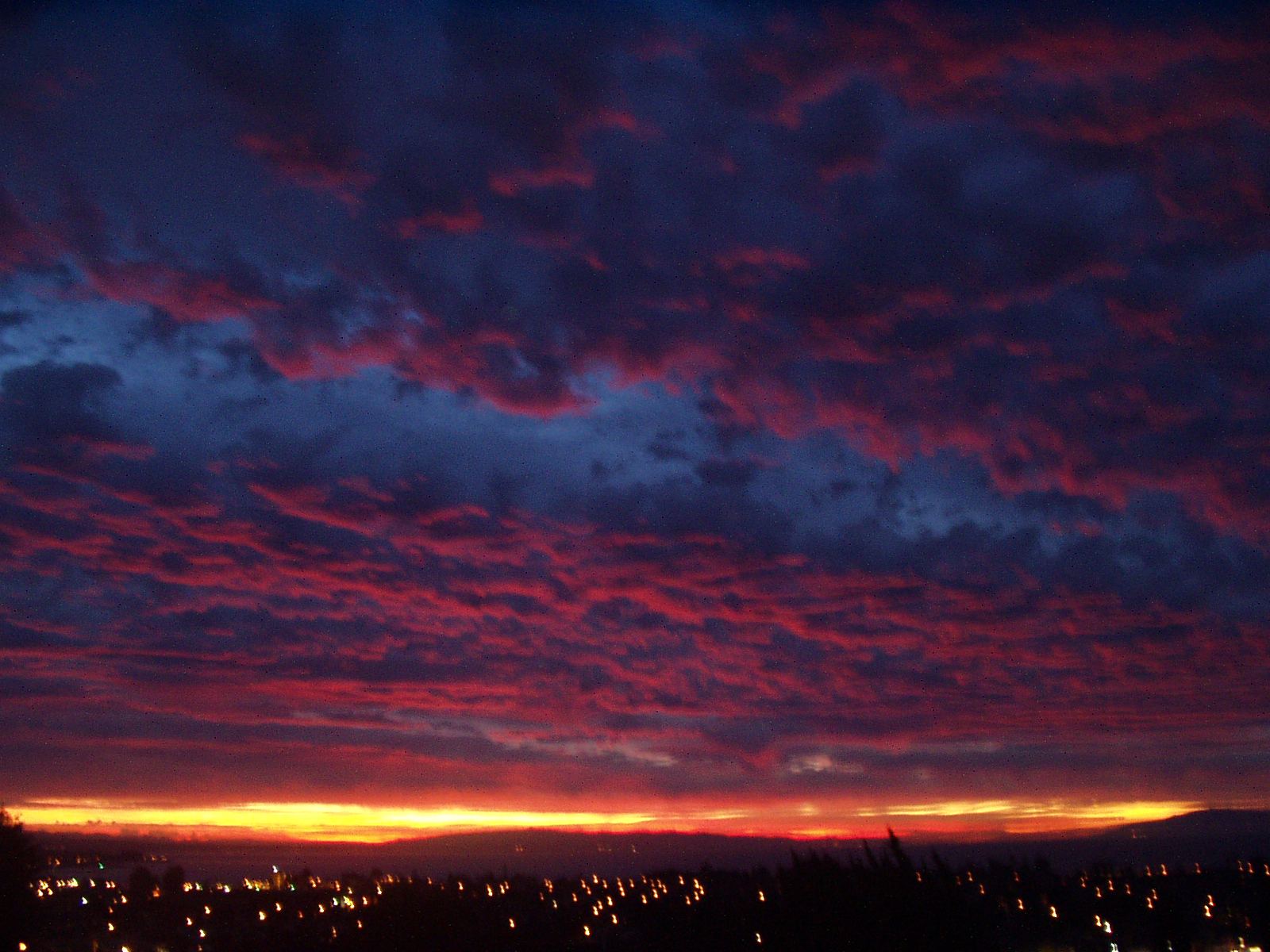
The artwork I create has to do something to ones spirit. Otherwise, it is simply decoration. While I am a craftsman, I am not just a craftsman. The same goes with being an artist: while I am an artist, I don't want to be just an artist - to be "just" anything is to be simply performing the mechanics of the thing - going through the motions - without partaking in the spiritual component of whatever action one might be engaged in. It is to be just a mechanic. However, the mechanic as well can transcend his own position to be not just anything; I do not mean to disparage mechanics. Does what you do uplift others? Does it challenge them to step beyond ordinary perception and push expand boundaries and, while you are engaged in your art, do you push yourself to be more open, more expressive and more aware of where your own edges are?
The Song We Play
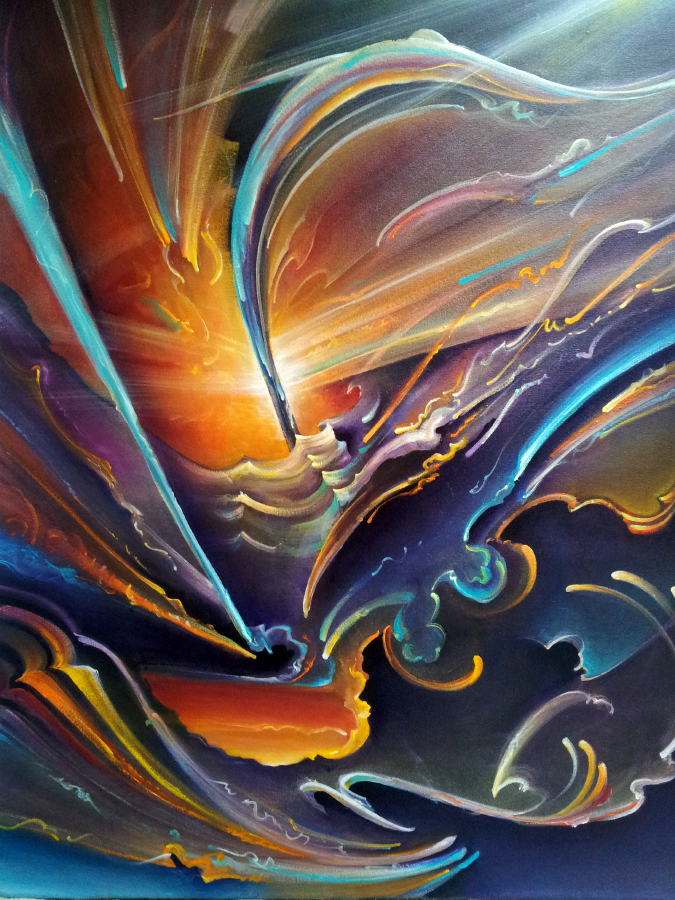
The silent stillness of late night surroundings finds me solitary and drinking a glass of red wine with a side dish of cheese and olives. It is a usual place for me on a late night Monday night these days listening to late night music like Pink Floyd’s Ummagumma. What a weird collaboration of soundscapes and mental landscapes it is and yet, it was through this experimentation and willingness to go “out there” (and, incidentally, “in there”) that led them to great albums like Dark Side of the Moon and Wish You Were Here. . The willingness to walk the edge, push the boundaries, leads us to find the new. In this world of the reinvented, the borrowed, the done time and again, it is that newness that stands the test of time.
The other day, I found a collection of music called Psychedelic Archaeology vols. 1-10. Interesting, I thought, I always wanted to see what I’d been missing in my collection. This montage, if you will, of Psychedelic rock from the 60’s didn’t purport to have any Beatles, old Pink Floyd or Jimi Hendrix. It was the underground. And rightly so- none of it held a candle to that which I already have. Much of it “sounded like…” or “seemed to borrow from…” or something and so was quickly forgotten, having never had an authentic and true voice and having never having had something really real to say. This is not to say that Ummagumma is a great album- it’s weird, psychedelic and distinctly of that era. Yet, because Pink Floyd went on to create bolder and more beautiful work (peaking out with The Wall) the early work has greater significance. We can see this with some artists. Early Picasso and Dali pieces or any great artist in fact. Although the early pieces may not hold the same clarity of vision (or confusion as the case may have been!) that the later works have, early works often show a passion and a willingness to push, to find the edges and see what lies over them. The challenge as an artist is to always be willing to push, to explore and to never settle into a “groove”.
Breaking through the Boundaries
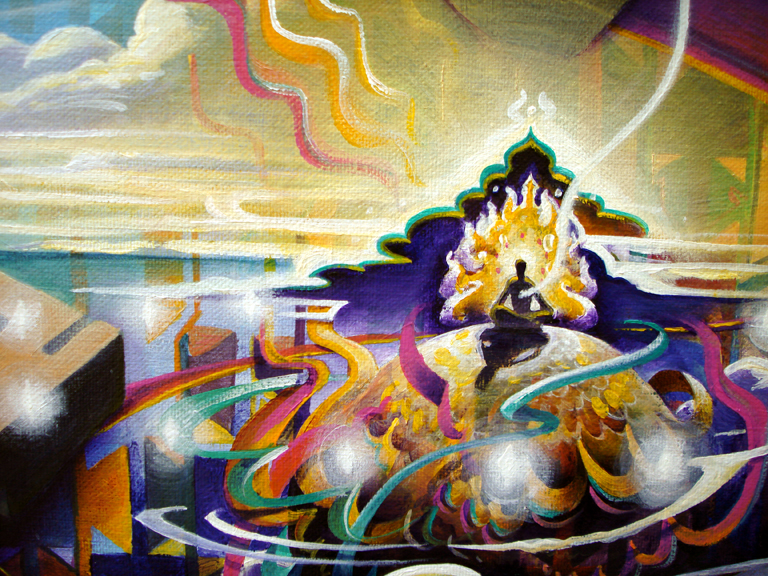
They say: “Trust in [insert your god’s name here] but [lock, tie, secure] your [car, camel, canoe]”.
What’s this mean anyway? It means trust in the rhythms of the divine but take precautions because precautions are necessary. Are you precipitating disaster? By thinking you might get robbed are you manifesting theft? Just because I have car insurance am I inevitably going to attract a car accident? What foolish superstitious nonsense! This is not the dark ages. Our superstitions may trade disguises; they may shift their verbage and tones of voice but they are still the same voices of self-defeat trying to eat us away and hold us back from taking chances, from truly stepping into and experiencing the rhythm of life.